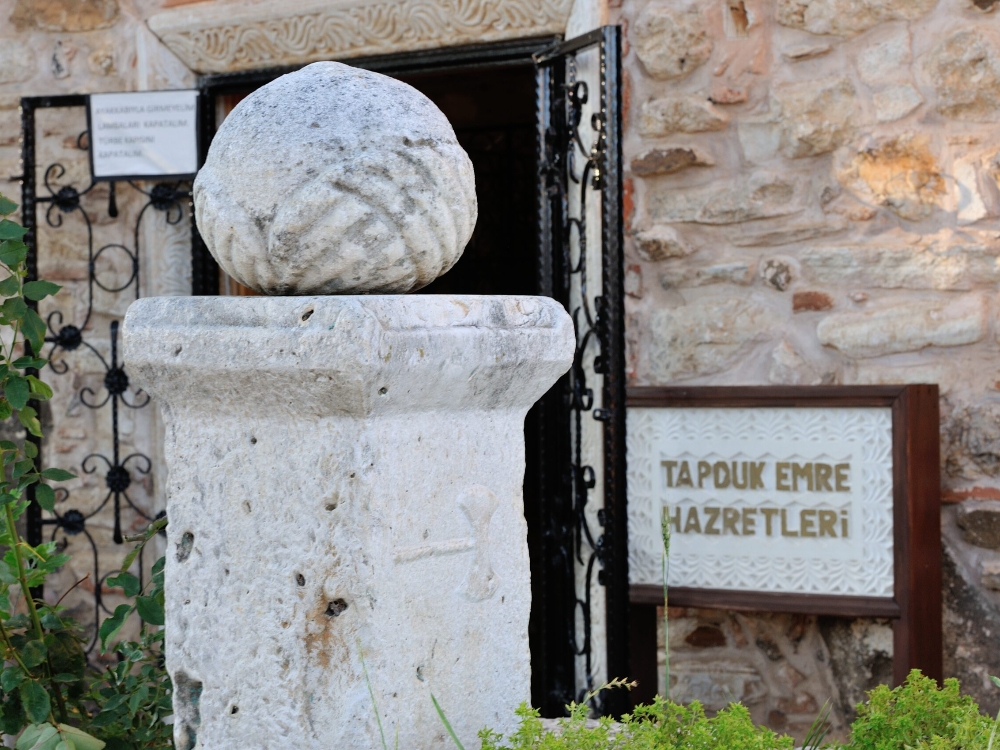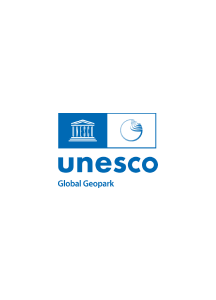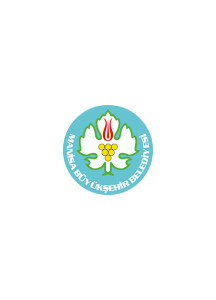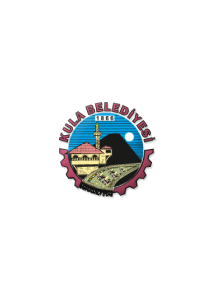Tomb of Tabduk Emre and Yunus Emre - Carullah Bin Suleiman Mosque

Yunus Emre, who is considered the pioneer of Turkish poetry in Anatolia, is a Sufi and folk poet. There are various narrations about the life of the thinker who lived in the 13th century. The most well-known and accepted one was sent to Tapduk Emre Lodge by Hacı Bektaş-ı Veli, after spending a while in Hacı Bektaş-ı Veli Dervish Lodge, and matured there. It is rumored that Yunus Emre wanted to be buried next to his teacher Tabduk Emre. It is thought that the tombs of Yunus Emre and his teacher Tabduk Emre, whose birth place and date of death are also a matter of debate, are here.
Yunus Emre appeals far beyond his time with messages such as peace, love and brotherhood in his poems. In this respect, it is considered a common value not only for Anatolia but for all humanity. In commemoration of the 700th anniversary of his death, UNESCO declared 2021 as the Year of Yunus Emre. The tomb, which receives many visitors every year, is very important in terms of cultural heritage.
Kula is home to many historical mosques dating back to the 15th century. The most interesting and unique of these mosques is the Carullah Bin Suleiman Mosque. What makes the mosque interesting is that, unlike the patterns and ornaments commonly used in Islamic buildings, this mosque is decorated with apartment and piano paintings, which were rare at the time it was built, as well as city portraits and fruit plates, as wall decoration. This mosque, located in Emre District, was built in 1547-1548 and is part of a social complex. Of the complex consisting of student rooms, classrooms, a soup kitchen and a bath, only the mosque remains standing. This mosque, also known as the Illustrated Mosque, is a true example of tolerance. The calligraphy works (wall paintings) inside the mosque belong to Calligrapher Banazlı Mustafa Demni.
Yunus Emre appeals far beyond his time with messages such as peace, love and brotherhood in his poems. In this respect, it is considered a common value not only for Anatolia but for all humanity. In commemoration of the 700th anniversary of his death, UNESCO declared 2021 as the Year of Yunus Emre. The tomb, which receives many visitors every year, is very important in terms of cultural heritage.
Kula is home to many historical mosques dating back to the 15th century. The most interesting and unique of these mosques is the Carullah Bin Suleiman Mosque. What makes the mosque interesting is that, unlike the patterns and ornaments commonly used in Islamic buildings, this mosque is decorated with apartment and piano paintings, which were rare at the time it was built, as well as city portraits and fruit plates, as wall decoration. This mosque, located in Emre District, was built in 1547-1548 and is part of a social complex. Of the complex consisting of student rooms, classrooms, a soup kitchen and a bath, only the mosque remains standing. This mosque, also known as the Illustrated Mosque, is a true example of tolerance. The calligraphy works (wall paintings) inside the mosque belong to Calligrapher Banazlı Mustafa Demni.







